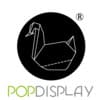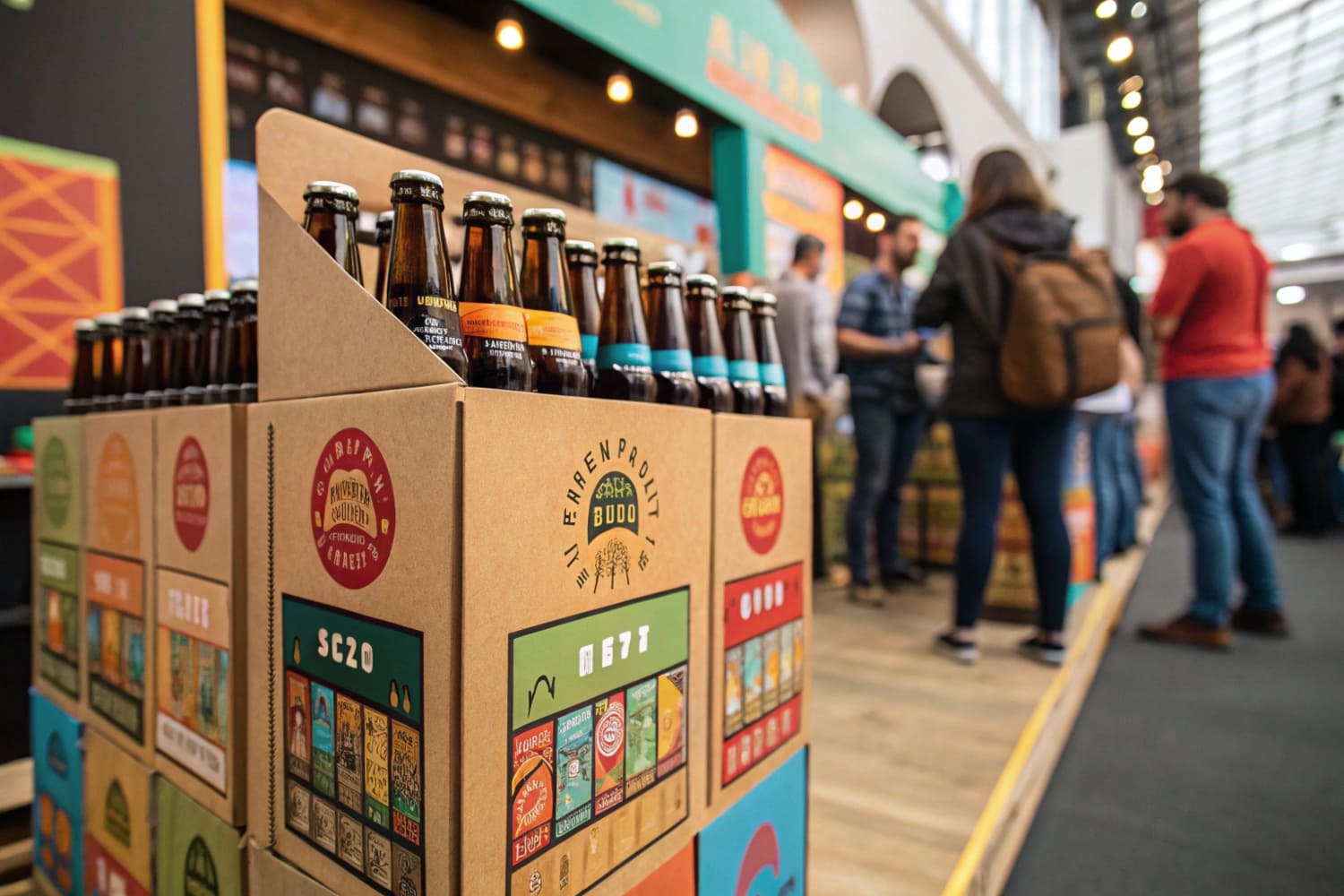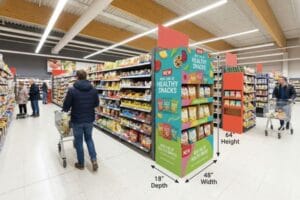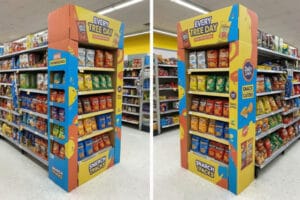Beer shelves feel crowded. Choices look the same. Shoppers rush. I design beer displays that stop people, answer doubts fast, and move cases without stress or waste.
Beer displays convert split-second attention into sales by explaining taste, guiding pairings, and easing grab-and-go. Cardboard designs cut cost, speed setup, fit retailer rules, and support sustainability while lifting sell-through and basket size.
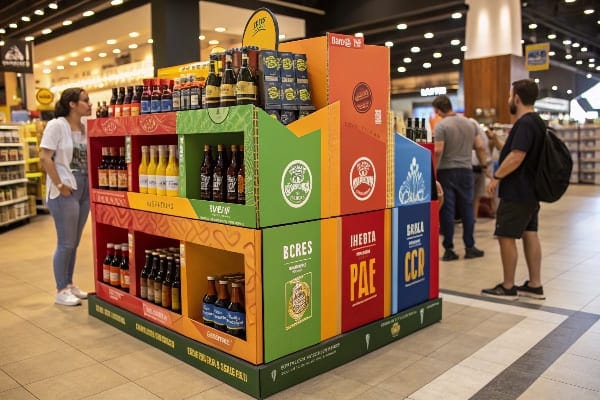
I will keep this simple. I connect what people taste with what they see. I show how a display can explain beer with clear words, smart shapes, and honest cues.
What is the point of a widget in beer?
Shoppers see “widget” on stout cans and feel unsure. Confusion kills impulse. I turn that moment into curiosity with one clear message and a tiny diagram.
A beer widget releases nitrogen when you open the can. It creates fine bubbles and a smooth, draught-like head. A five-word line and a simple graphic on the display remove doubt and trigger trial.
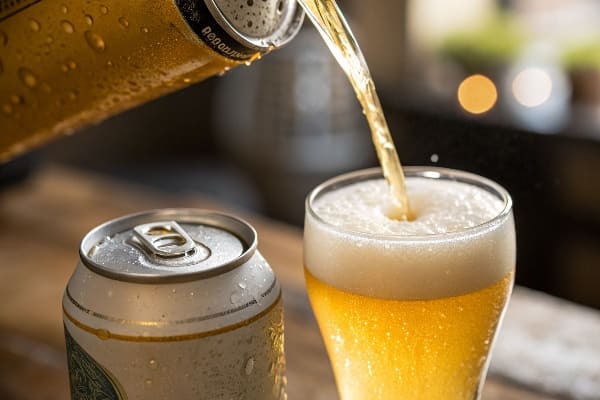
How the widget works, in plain words
A plastic capsule sits inside the can. It holds a touch of nitrogen and beer. You open the can. Pressure drops. The widget jets nitrogen into the beer. Bubbles form fast. Foam rises creamy. Flavor feels softer. Many shoppers have never seen this. They do not want a science class. They want a reason to buy now.
How I turn it into a display story
I print one headline: “Smooth like tap.1” I add three icons: open, pour hard, enjoy. I use digital printing so small runs stay cheap. I add a QR that links to a 10-second pour clip. I keep the structure flat-pack to cut freight and setup time. I use recycled corrugate and water-based ink. Retailers like this. Brand teams like the speed for seasonal pushes.
| Shopper question | Display answer | Material choice | Impact on sale |
|---|---|---|---|
| “What is a widget?” | “Nitrogen for creamy head.2” | Single-wall corrugate, matte coat | Trust rises |
| “How do I pour?” | 3-icon guide, QR video | Countertop PDQ next to cans | Friction drops |
| “Is it eco?” | Recycled board, FSC note | Digital print, no lamination | Brand image lifts |
Why use a beer glass?
Many people drink from cans. Flavor hides. Foam dies. I use glassware bundles on displays to upgrade the experience and the basket in one move.
A proper glass unlocks aroma, protects foam, and sets the sip pace. I bundle the right glass with the right beer on a compact display to raise margin and satisfaction.

Taste mechanics that shoppers feel
A glass opens the top so aroma escapes3 toward the nose. A slight taper holds the foam, which keeps aromas longer. A clean rim guides flow across the tongue. Nucleation points in some glasses help keep bubbles active. This sounds complex, so I keep the copy short. I let shape and icons do the job. When I ran a Midwest launch, I paired a nitrogen stout with a branded tulip glass on a countertop PDQ. People took photos. The set felt like a small gift. The store reordered in two weeks.
Retail tactics that fit real floors
I design one floor unit for aisle ends and one PDQ for the service counter. I keep cartons the same footprint for fast pallet moves in big-box stores like Costco or Walmart. I pick lightweight, strong corrugate so the unit ships flat and assembles in minutes. I add a small “care” card that says “Rinse, no soap scent.” I color check the glass print against can art so the set looks tight. I run digital print4 for small batches and variable barcodes for compliance.
| Beer style | Best glass | Display module | Why it works |
|---|---|---|---|
| Stout / Nitro | Tulip | Countertop PDQ bundle | Head retention and aroma |
| IPA | Teku / Nonic | Floor shelves with pegs | Hop nose pops, easy grab |
| Lager | Willy / Pilsner | Tray display in chiller | Crisp look, quick restock |
| Wheat | Weizen | Slim shelf box | Foam crown, citrus icon |
Why is beer gut a thing?
Some shoppers worry about belly fat. Fear stalls carts. I use clear, respectful copy that guides choice and keeps trust.
A “beer belly” comes from extra calories over time. Alcohol can raise appetite and cut sleep, which adds calories. I use serving cues and lighter options on displays to support balanced choices.
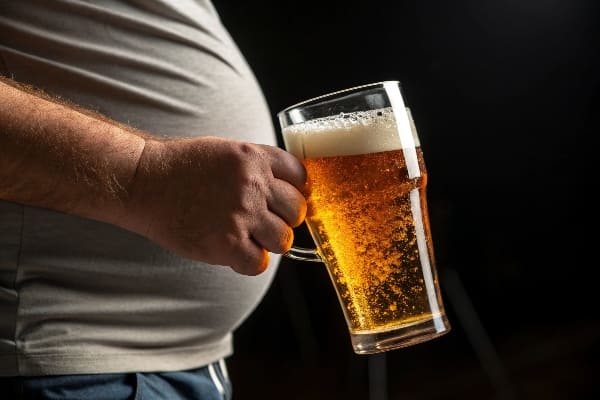
What the body does, in everyday terms
Calories add up. Beer has calories from alcohol and carbs. When intake stays higher than burn, weight goes up. Alcohol can make people snack more. Poor sleep can slow recovery. This is not about blame. It is about simple numbers and habits. I do not print health claims. I show facts per serving with clear units. I show pack sizes that match real plans, like “6 for game night” or “2 for dinner.” Shoppers feel seen, not judged.
How a display can help without shaming
I place a small “Know your pour” strip with ABV and calories per 12 oz. I add icons for “chill,” “sip,” and “share.” I give a light lager or session IPA a left-hand shelf and place fuller styles to the right. I keep the fonts large and plain. I pick recycled board and water-based ink because many buyers link health with planet care. I test strength and transport so the unit arrives clean. In my factory, I run three lines, so I approve samples fast and hold color across reorders.
| Message | Device on display | Shopper benefit |
|---|---|---|
| Calories per serve, ABV | Clean label strip | Less confusion |
| Pack size guidance | Shelf tags “For dinner / For party” | Right-size basket |
| Lighter style callout | Green corner tab | Easy swap, no shame |
Why are beer glasses shaped differently?
Shape sends a signal. It also changes taste. If people do not know this, they choose fast and walk away. I make shape a map.
Glass shapes manage aroma, foam, and temperature for each style. My displays use icons and slots that match shape to beer, so choice gets faster and baskets grow.
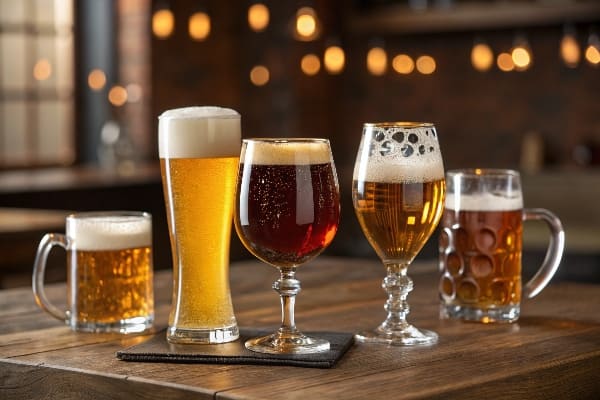
What each shape does and why it matters
A tulip narrows at the top. It traps aroma and holds foam. It suits stouts and Belgian ales. A Teku has a sharp angle. It focuses hop nose for IPA and pale ale. A Nonic pint has a bump. It resists chips and stacks well for pubs and parties. A Pilsner flute shows bubbles and keeps lager bright. A Weizen glass is tall. It gives wheat beers space to crown. When I map these shapes on a shelf talker, choice takes seconds. People feel smart. The brand feels like a guide, not a lecturer.
| Glass shape | Core benefit | Best styles | Slot size on display |
|---|---|---|---|
| Tulip | Aroma focus, foam hold5 | Stout, Belgian | Medium, front lip |
| Teku | Hop nose focus | IPA, Pale Ale | Narrow, angled back |
| Nonic Pint | Durable, easy grip6 | Pub pours, Nitro | Wide, deep |
| Pilsner | Crisp look, bubble show | Lagers | Slim, tall |
| Weizen | Big head space | Wheat | Tall, curved |
How I design the cardboard to teach at a glance
I print a five-icon legend at the header: aroma, foam, chill, grip, show. I color each shelf edge to the style family, but I keep tones muted so cans still lead. I use single-wall corrugate for most modules and reinforce feet for floor displays. I keep pallet displays half-pallet sized for fast in-and-out during seasonal runs. I plan flat-pack kitting so the store team can set up in under five minutes. I add a small AR code option for brands that want it. I avoid plastic lamination, which helps recycling. I proof colors against the can art and the glass ink. I run strength and drop tests, then I lock the sample. Reorders keep the same die-cut so costs stay low and speed stays high.
Conclusion
Beer displays work because they explain fast, guide choice, and respect people. Clear words, right shapes, and smart cardboard turn seconds into sales and repeat orders.
Explore this link to understand how effective marketing phrases can enhance consumer appeal and drive sales. ↩
Discover the science behind nitrogen in beer and how it improves texture and flavor, making it a must-read for beer enthusiasts. ↩
Understanding aroma escapes can enhance your tasting experience, making it more enjoyable and informative. ↩
Exploring digital print technology can reveal innovative solutions for packaging, improving efficiency and customization. ↩
Understanding aroma focus and foam hold can enhance your beer experience, making it worthwhile to explore this resource. ↩
Discover how durability and grip can improve your drinking experience and enhance your enjoyment of beer. ↩
